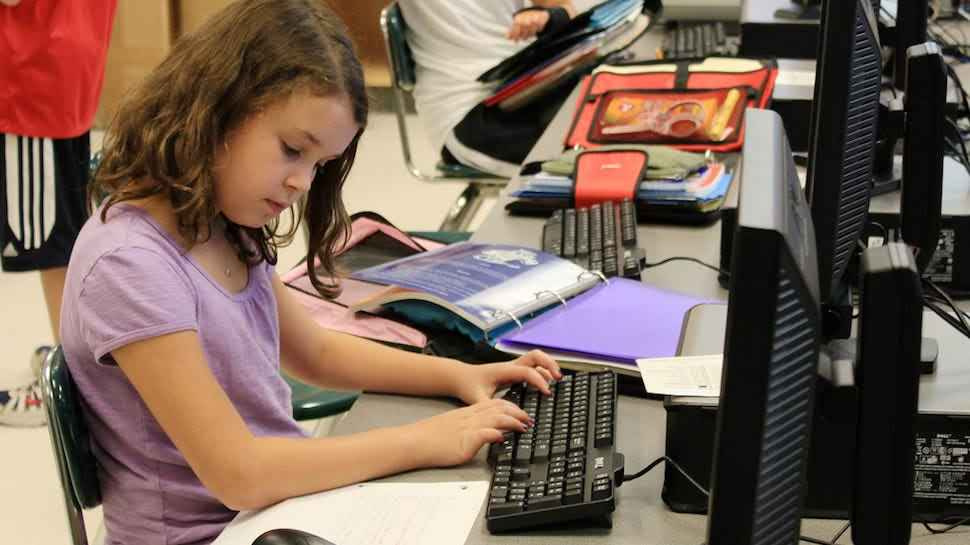
With 97% of children accessing the internet either at home, school or elsewhere, online activity is now an essential part of all students' school and social lives. Thanks to its accessibility, technology can bring huge opportunities. However, it can also bring danger. Smoothwall’s customer research found that a student is suspected to be at serious risk every three minutes.
As the digital world becomes increasingly dangerous, schools and colleges understand that they must adapt to the ever-evolving landscape – they recognise this as a key safeguarding consideration and part of their statutory safeguarding responsibilities.
With the list of Keeping Children Safe in Education (KCSIE) requirements ever-growing, designated safeguarding leads (DSLs) and teachers bear a substantial responsibility for this. For instance, recent KCSIE clarifications state that filtering isn’t sufficient as a standalone solution for ‘monitoring’ activity and needs to be supported by a dedicated monitoring solution. The senior leadership team (SLT) has also become accountable for ensuring that the chosen provision is fit for purpose and defensible.
While the eyes and ears of teachers remain a crucial part of student safeguarding, in the modern world, this method alone may not help schools identify students who are suffering in silence, or those unaware of the danger they face. It is important that the whole school ecosystem be well-informed about what the risks to students are, the key legislation that must be followed and the different types of digital safeguarding tools that are available on the market.
What are the risks to children online?